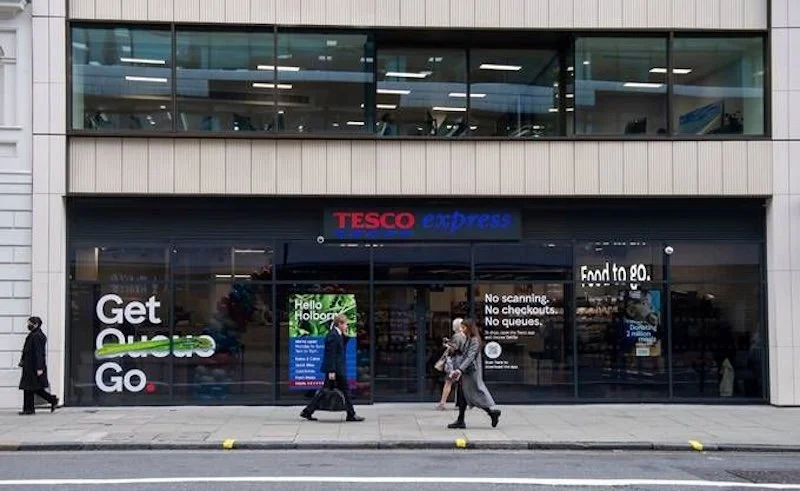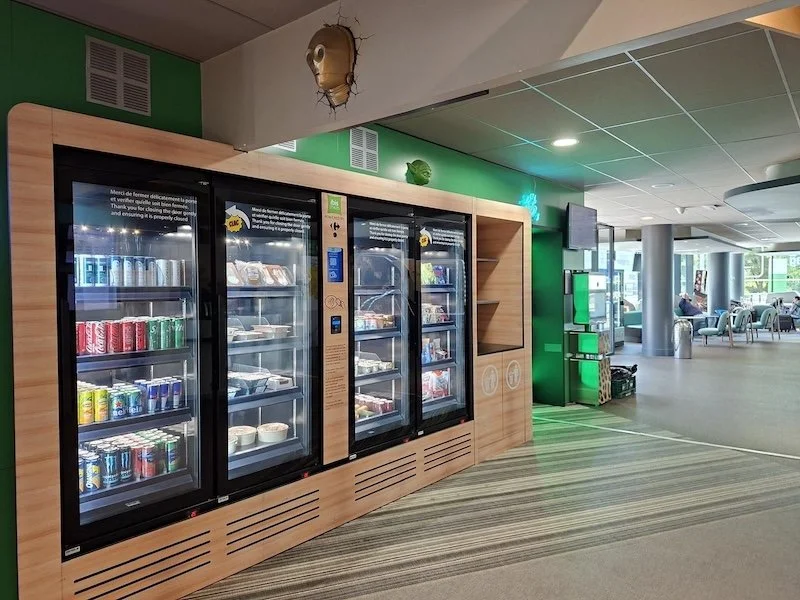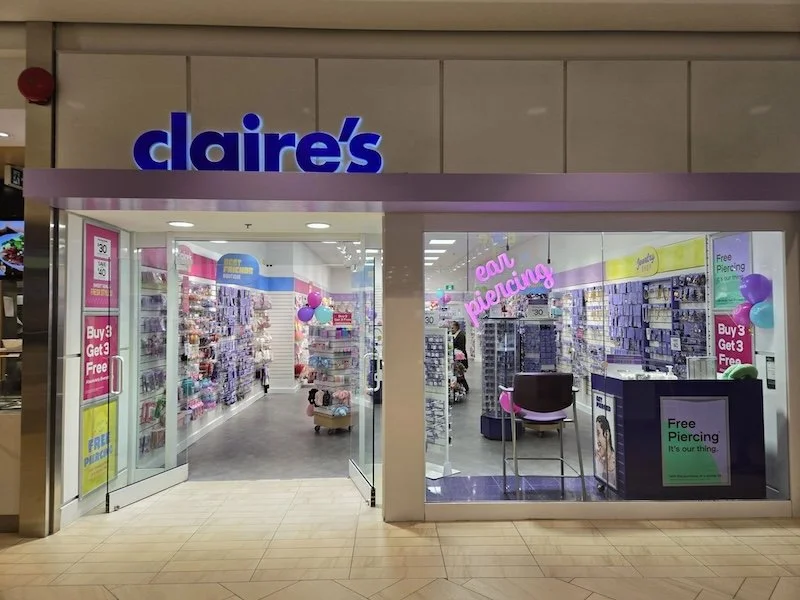Designing effective call to actions in digital commerce
The digital commerce landscape evolves rapidly, with new strategies emerging to capture consumer attention. Businesses aim to convert visitors into loyal customers, leveraging every element on their site.
One vital component that can make or break your marketing efforts is the call-to-action (CTA). A well designed CTA not only guides users through the purchasing journey but also drives engagement and sales.
If you're looking to excel in digital commerce, this guide discusses the best practices for crafting the perfect call to action.
Incorporate QR codes
QR codes are becoming more prevalent in digital commerce. They offer a seamless way for customers to engage with content quickly.
Placing a QR code call-to-action (CTA) on your product pages or marketing materials can drive instant interactions, simplifying the user's journey from browsing to buying.
With just a scan, users can access exclusive deals, product information, or even direct checkout links. This not only enhances the customer experience but also provides valuable tracking data for businesses.
Optimise placement for maximum visibility
In addition to leveraging QR codes, consider placing your CTAs where they catch the eye immediately. Ideally, you could position them above the fold so users can see them without scrolling.
Plus, you could embed CTAs within content that engages users, like blogs or product descriptions. It is vital to ensure these statements appear naturally within the content flow to avoid disrupting the user experience.
Leverage colour and contrast to stand Out
Color choice can also impact a CTA's effectiveness. A button that blends into the background gets overlooked easily. Instead, opt for colours that contrast sharply with the surrounding design elements.
Moreover, ensure the text on your CTA button is readable by choosing a font color that stands out against its background. For instance, high-contrast combinations like blue and white or red and yellow are effective.
A/B testing different colour schemes can help you determine combinations that perform best.

Use clear and direct language
Simplicity in language often yields better results for CTAs. Users prefer straightforward, actionable instructions over complex jargon. For instance, phrases like "Buy Now" or "Get Started" clearly communicate the action users should take.
Furthermore, aligning your CTA language with the user's journey can enhance relevance. On a product page, "Add to Cart" might be more fitting than a generic statement.
When engaging visitors, avoid ambiguity. Overloading the CTA with too much text can overwhelm or confuse users.
Employ psychological triggers for engagement
Lastly, harness psychological triggers to enhance your call to action. Urgency and scarcity can prompt users to act quickly, using phrases like "Limited Time Offer" or "Only a Few Left."
Including social proof, such as customer reviews near the CTA, can boost credibility and trust. A sense of community or belonging also motivates action. So, use inclusive language like "Join Us" or "Become a Member."
Wrapping up
Crafting effective CTAs involves more than just catchy phrases and vibrant colours. It requires understanding user behaviour, strategic placement, and leveraging psychological insights.
Incorporating these best practices can transform passive visitors into active customers. So, keep experimenting with different elements to find what resonates best with your audience.






























Continue reading…